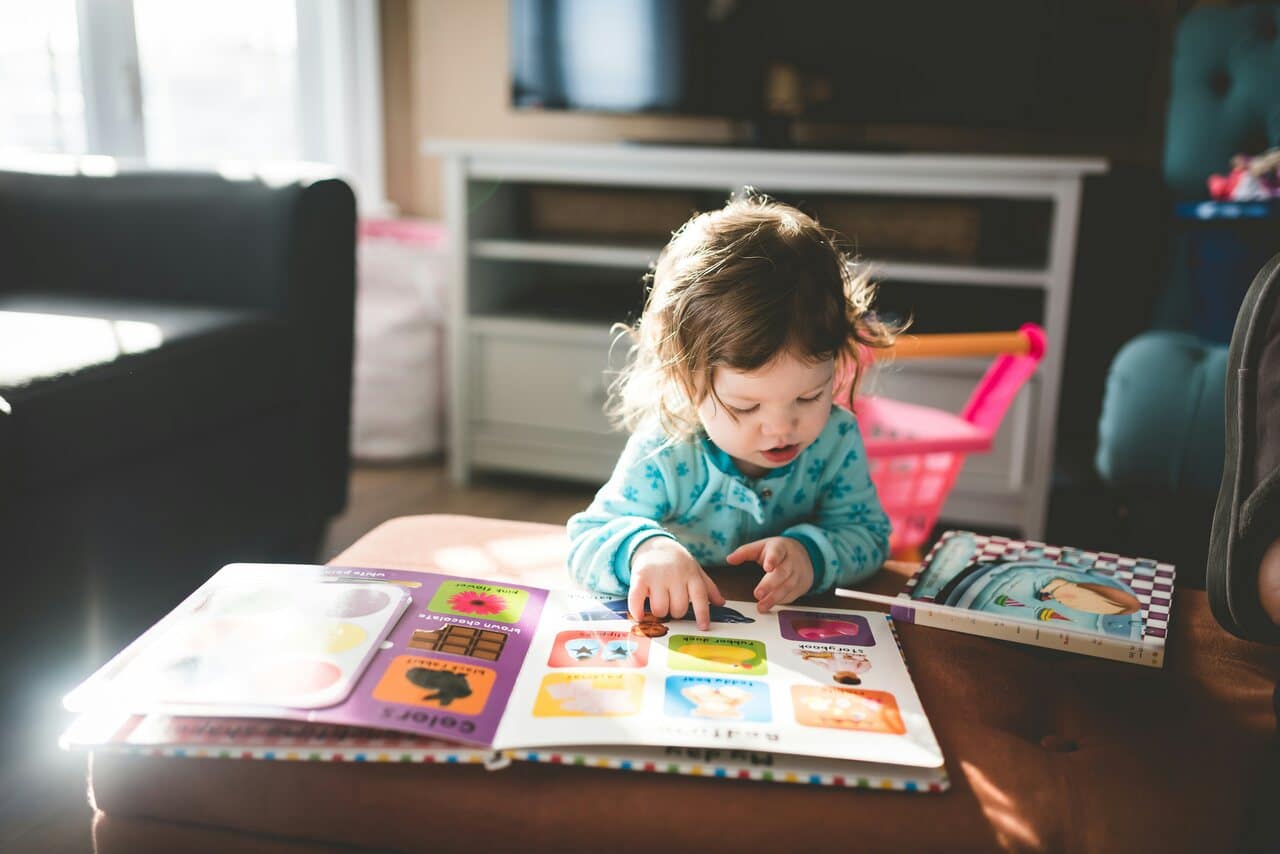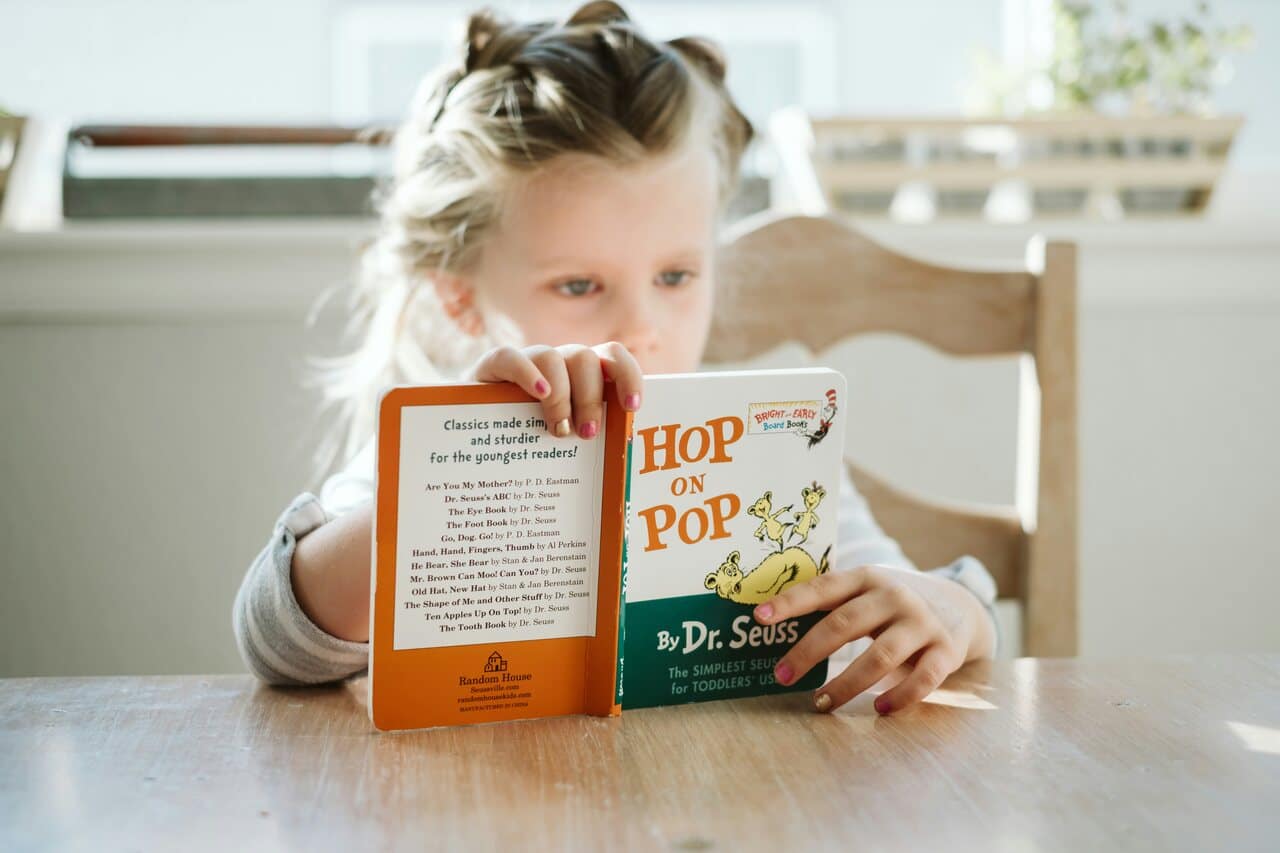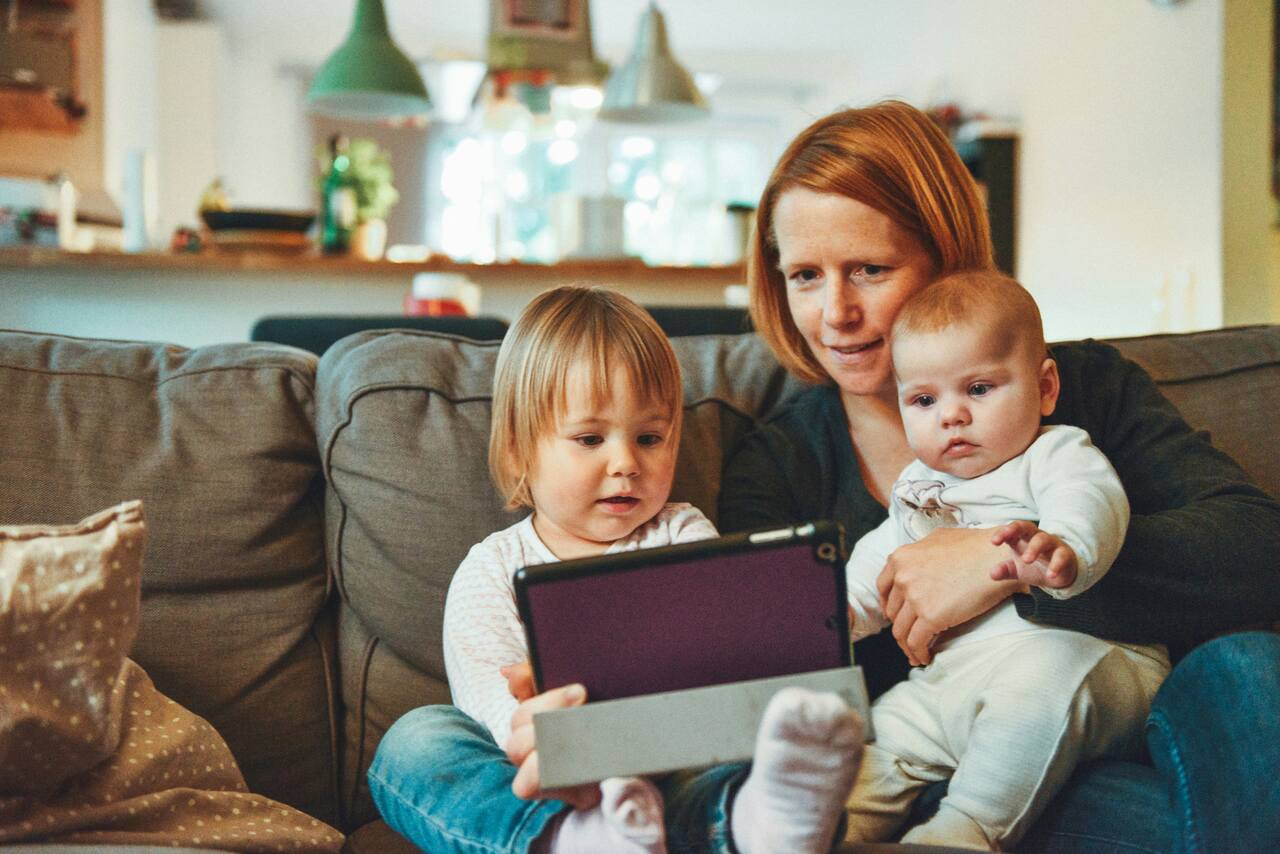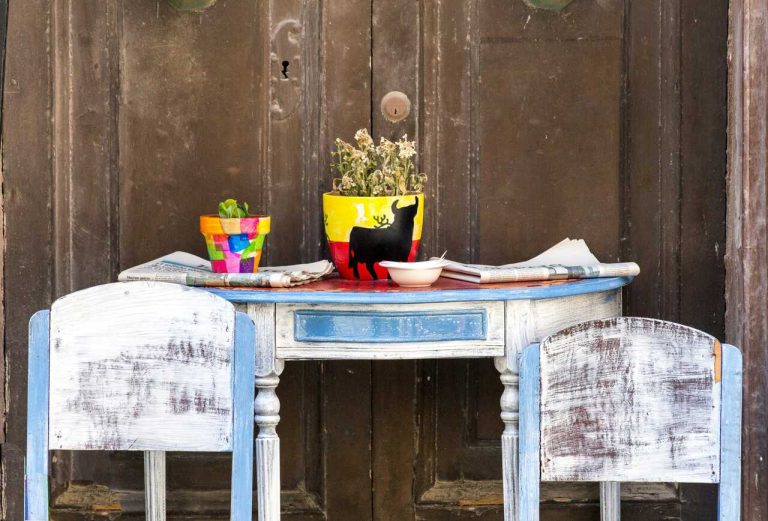
Raising Bilingual Kids: A Guide to Bilingual Parenting Success
DATE:
Did you know that children who grow up bilingual have cognitive advantages that monolingual kids often don’t experience? Raising bilingual kids is not just about speaking two languages; it’s about opening doors to diverse cultures, enhancing cognitive development, and preparing them for a globalized world. Whether you’re already on the journey of bilingual parenting or just starting, this guide will provide insights and strategies to support your child’s bilingual development.
The Benefits of Bilingualism: Why Raise a Bilingual Child?
Cognitive Advantages
Bilingualism offers numerous cognitive benefits. Children who learn two languages from an early age develop better problem-solving skills, enhanced memory, and greater multitasking abilities. Studies show that bilingual kids often excel in tasks that require attention to detail and have superior cognitive flexibility.
Social and Cultural Benefits
Raising bilingual kids isn’t just about cognitive development; it’s also about cultural richness. Bilingual children can connect with diverse cultures, fostering a greater understanding and appreciation of different traditions and perspectives. This cultural competence helps them become more empathetic and adaptable individuals.
Career Opportunities
In an increasingly globalized job market, bilingualism is a significant advantage. Employers value candidates who can communicate in multiple languages, opening doors to international career opportunities and giving bilingual individuals a competitive edge in various fields.
Strategies for Bilingual Language Acquisition: One Parent, One Language (OPOL) and Other Approaches
One Parent, One Language (OPOL)
The OPOL method involves each parent consistently speaking a different language to the child. This strategy ensures that the child receives balanced exposure to both languages. For instance, one parent might speak Spanish while the other speaks English, providing a clear context for each language.
Minority Language at Home (ML@H)
In families where one language is dominant in the community, using the minority language exclusively at home can boost proficiency. This approach creates a rich linguistic environment for the child, making the minority language a natural part of daily life.
Time and Exposure
Consistent exposure to both languages is crucial. It’s essential to incorporate the second language into daily routines through conversations, games, and other engaging activities. The more time a child spends using each language, the stronger their language skills will become.

Creating a Bilingual Environment at Home: Language Immersion and Exposure
Books, Music, and Movies
Incorporating bilingual resources such as books, music, and movies can make language learning enjoyable and immersive. Reading bilingual stories, listening to songs in both languages, and watching movies with subtitles or in the target language can enhance vocabulary and comprehension skills.
Language Playdates and Activities
Organizing playdates and activities with other bilingual families provides practical language practice in a social context. These interactions help children see the real-world value of their language skills and encourage natural language use.
Bilingual Education Options: Schools, Programs, and Resources
Dual Language Immersion Programs
Programs for dual language immersion are developed to offer training in two languages. Although these programs can differ, they usually divide the instructional time between the two languages with the goal of having students become proficient in both. These kinds of settings encourage academic performance in both languages as well as balanced bilingualism.
Bilingual Schools
Curriculums in two languages are provided by bilingual schools, which promote a culture in which bilingualism is the norm. For families looking for an organized approach to bilingual education, these schools can be a great option because they guarantee that kids will receive well-rounded, top-notch training in both languages.
Supporting Your Child’s Bilingual Journey: Tips and Encouragement
Patience and Consistency
Raising bilingual kids requires patience and consistency. Language acquisition is a gradual process, and there will be times when progress seems slow. Consistent exposure and encouragement are key to maintaining motivation and fostering continuous improvement.
Celebrating Bilingualism
Celebrate milestones in your child’s bilingual development to keep them motivated. Recognizing their achievements, no matter how small, reinforces the value of their bilingual skills and encourages them to continue learning.
QUICK TIP…
Introduce new vocabulary through fun activities like cooking a recipe in the target language or playing bilingual board games to make learning interactive and enjoyable.

Empower Your Child’s Future with Bilingualism
Raising bilingual kids is a rewarding journey that offers numerous cognitive, cultural, and career benefits. By employing effective strategies and creating a supportive bilingual environment, parents can help their children achieve proficiency in two languages. Remember, patience and consistency are key. Celebrate every milestone and encourage your child’s bilingual development.
At SpanishVIP, we understand the challenges and joys of bilingual parenting. Our dedicated teachers and student success advisors are here to support your family’s bilingual journey. Start with a free 1:1 class or enjoy a free 7-day trial of our group classes and watch your child thrive in a bilingual world.








